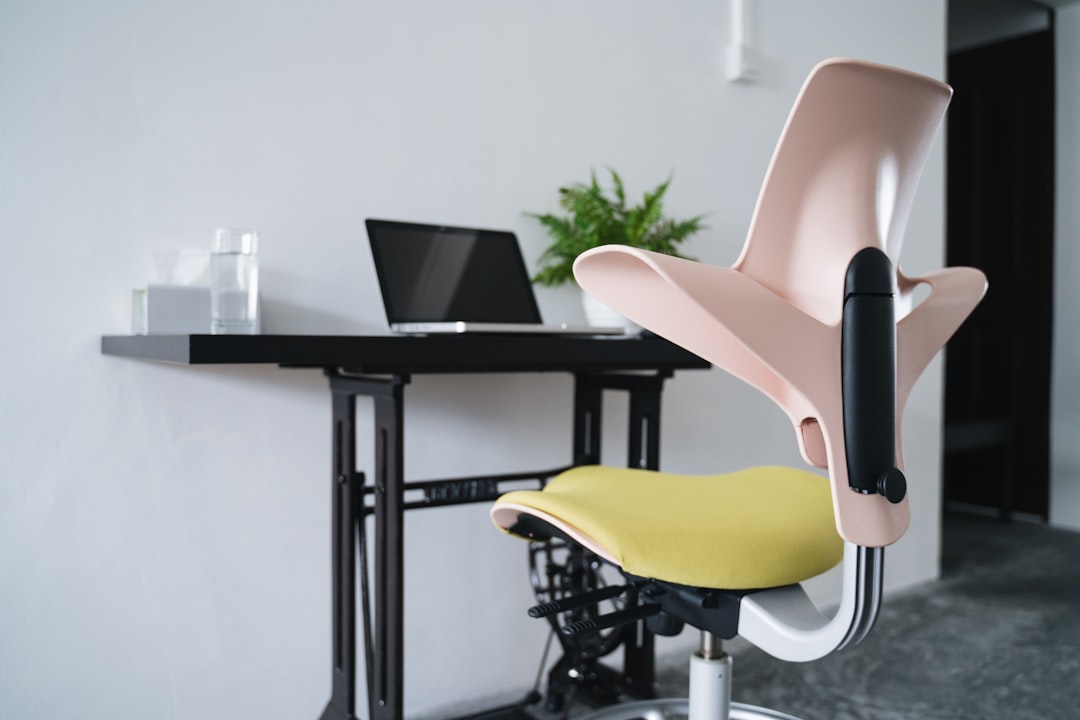Modern workspaces continue to evolve, driven by an increasing awareness of how posture, movement, and ergonomic design affect our health and productivity. As people look for ways to counter the negative effects of sedentary lifestyles, one innovative solution has emerged at the crossroads of sitting and standing: the sit-stand hybrid chair, more commonly known as the standing desk chair.
TL;DR: Standing desk chairs, or sit-stand hybrids, are ergonomically designed seating solutions that support both sitting and semi-standing postures. These chairs aim to reduce sedentary behavior, improve posture, and increase workplace mobility. They are not a replacement for either standing or sitting but rather a dynamic compromise encouraging more movement throughout the day. For those seeking more active work environments, sit-stand chairs may offer tangible physical and cognitive benefits.
Contents
What Are Standing Desk Chairs?
Standing desk chairs are specially designed ergonomic chairs that allow users to alternate between sitting, standing, and leaning postures throughout the day. Unlike conventional office chairs, they often do not have backrests or armrests. These chairs support an elevated seating position, effectively acting as a perching platform that bridges the gap between sitting and standing fully upright.
This class of seating includes models like the stool-style wobble chairs, leaning chairs, and active sit-stand stools. Their core purpose is to promote dynamic sitting—encouraging small movements and continuous micro-adjustments to reduce muscle fatigue and improve circulation.

Why Use a Sit-Stand Hybrid Chair?
Traditional sedentary work environments have long been associated with health concerns such as cardiovascular disease, musculoskeletal disorders, and metabolic issues. Sit-stand hybrid chairs reflect the contemporary shift toward healthier and more engaged workplaces.
Key benefits of standing desk chairs include:
- Enhanced Posture: As these chairs often lack large supporting surfaces, users engage their core and back muscles while sitting, encouraging an upright posture.
- More Movement: The absence of rigid support encourages frequent position shifts and better overall mobility during the workday.
- Reduced Fatigue from Prolonged Standing: Standing desks can be tiring when standing for long periods. A sit-stand chair offers relief without a full transition back to chair-based sitting.
- Increased Productivity: Users often report improved focus and alertness due to greater physical engagement while working.
- Lower Risk of Sedentary Health Risks: By decreasing continuous sitting time, these chairs contribute to a less sedentary routine.
Popular Types of Sit-Stand Hybrid Chairs
The market offers various designs of standing desk chairs, each suited to different preferences and ergonomic needs:
- Wobble Stools: Designed with a semi-spherical base, these stools tip and tilt, allowing users to shift weight and engage their core.
- Tilted Saddle Chairs: Shaped like an equestrian saddle, they provide a higher seat and encourage an open hip angle.
- Leaning Perch Seats: These allow users to lean back slightly in a semi-standing position, reducing strain on the legs while keeping the torso upright.
- Height-Adjustable Stools: Featuring pneumatic or mechanical height adjustment, these are ideal companions for sit-stand or variable-height desks.

Are These Chairs Really Effective?
Mounting evidence suggests that standing desk chairs offer legitimate physical benefits when integrated into a well-balanced active work routine. A study published in the Journal of Occupational Health found that movement-friendly seating leads to higher engagement of the core and lumbar stabilizing muscles. While these seats do not replace the necessity of full movement or exercise, they effectively reduce prolonged static postures—even among the most desk-bound professionals.
The effectiveness, however, greatly depends on correct usage. Improper use—such as staying in a perching position for the entire day—can result in discomfort or even exacerbate back stress. Employers and individuals are encouraged to use sit-stand chairs in tandem with standing desks and regular movement breaks.
What Should You Look for in a Standing Desk Chair?
If you’re considering switching to a sit-stand hybrid chair, you’ll want to carefully examine a few critical features:
- Stability: Ensure the base is durable and secure, especially for wobble or rocking models.
- Height Adjustability: Key for aligning with your own body proportions and the height of your working surface.
- Cushion Support: A good seat cushion balances comfort with firmness to promote active engagement.
- Tilt and Flexibility: Dynamic models that allow for movement retain user energy and increase comfort over long hours.
- Footrest (Optional): For taller chairs, a foot ring or rest can alleviate pressure on the legs.
Tip: Try pairing your sit-stand chair with an anti-fatigue mat if you’re using it in a semi-standing position for long durations. This reduces pressure on the legs and helps improve circulation.
Potential Drawbacks and Considerations
Despite the many advantages, standing desk chairs are not without their limitations:
- Adaptation Period: Users often require several days or even weeks to fully adjust to the new posture mechanics.
- Lack of Support for Long Periods: These stools are meant for active support—not total rest. Users who require full back support due to medical conditions may find these unsuitable.
- Requires Active Engagement: Passive sitters may find it fatiguing to stay engaged in these types of chairs.
For these reasons, experts generally advise against completely replacing your traditional chair with a sit-stand version. Instead, these hybrid seats are best used as one component of a holistic, movement-rich ergonomic strategy.

Who Should Consider Using One?
Standing desk chairs are particularly suited for individuals who:
- Use sit-stand or height-adjustable desks daily.
- Work in creative or technical environments requiring periods of focused concentration interspersed with physical tasks.
- Experience stiffness, fatigue, or discomfort from long hours of sitting but are not ready or able to stand all day.
- Want a more dynamic, active work style without investing in large exercise equipment or frequent movement breaks.
Final Thoughts
As we move further into an awareness-rich era where wellness intersects with professional life, standing desk chairs are more than a trend—they are part of a broader movement toward healthier working conditions. They challenge the binary of sitting versus standing and instead offer a flexible third option tailored to the individual and the day’s demands.
When used correctly and combined with an ergonomic workstation setup, sit-stand hybrids can play a meaningful role in reducing back strain, promoting movement, and enhancing long-term productivity. While they may not be ideal for every situation, they are undoubtedly worth consideration for those seeking to reshape their relationship with the modern desk.




